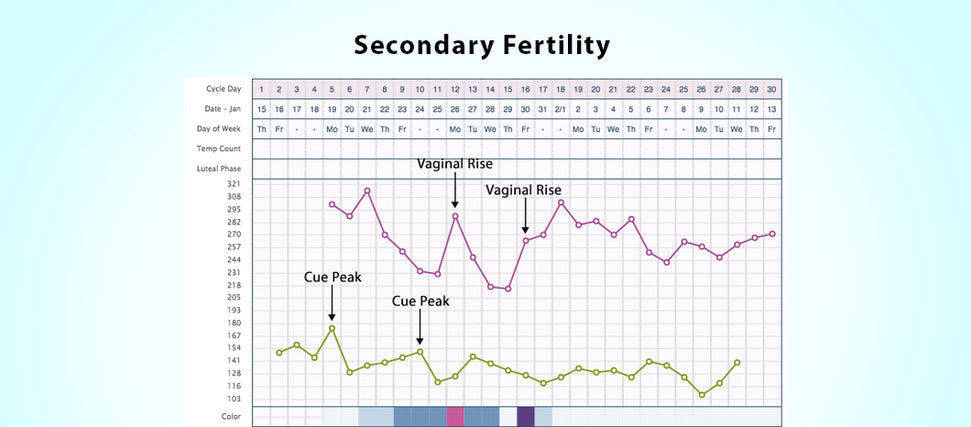When trying-to-conceive, many women track their cycles to determine their most fertile days by using ovulation tests or fertility monitors. Charting your cervical mucus consistency and basal body temperature can also indicate when your most fertile days are and help confirm when ovulation has occurred. Some women, more commonly women with PCOS or irregular cycles, may be unaware that they are experiencing multiple follicular stimulation in a single cycle.
If you have ever received two peak readings or a second LH surge in one cycle just a couple days apart– you may have unknowingly experienced multiple follicular stimulation. In order to achieve pregnancy, the follicle is released from your ovary and it must rupture for the egg to be released from the follicle. In cases of multiple follicular stimulation, your body releases the follicle, but it doesn't rupture – therefore the egg is not released and you are unable to achieve pregnancy at that time. Your body realizes that this has happened and subsequently releases a second follicle 3-5 days later.
Typically, after ovulation, fertility monitors will register 'low' fertility, cervical mucus egg-white consistency will be gone, and there will be shift in basal body temperature. Women that experience multiple follicular stimulation will receive a second peak reading with their monitor and may continue to see any other natural fertile signs. If you receive a second peak reading, it is extremely important that you continue intercourse as you can only conceive after ovulation has taken place (i.e. conception will not result from the first follicle that was released).
It is important to track your cycle diligently so you are able to catch cycles where there may be a delay in the time when you are able to conceive that month. Using the OvaCue Wireless Fertility Monitor can help to identify the release of a second follicle so you don't miss this opportunity to conceive. The combination of the oral sensor and optional vaginal sensor indicates ovulation with a pink or purple color on the OvaCue chart– if this color is seen a second time that cycle, you can conclude that secondary fertility has taken place. When this second set of peak days are identified, intercourse should be continued as ovulation didn't occur as it should have with the first peak reading. This is one of the main reasons that women experience a cycle that is a couple days longer than usual. Women who experience irregular cycles or who have been diagnosed with PCOS should be especially cognizant of this.







